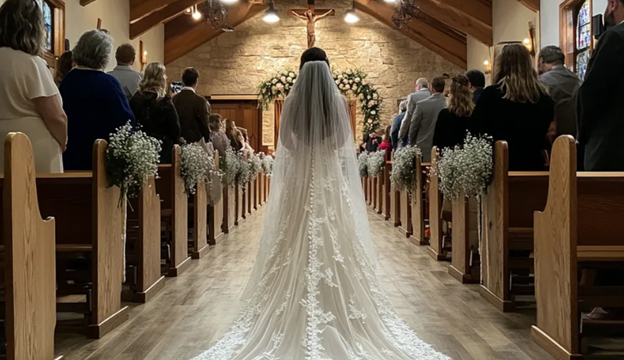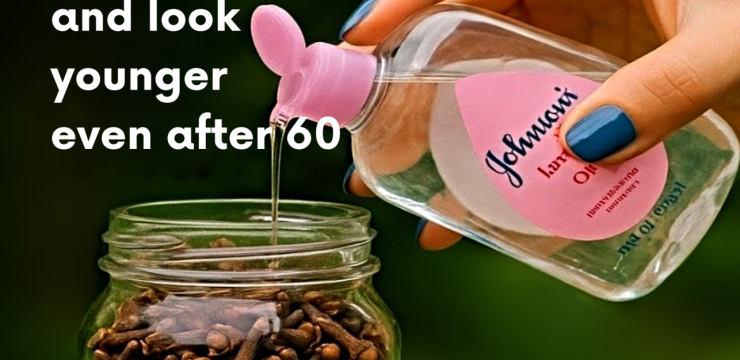People often ask, “Who loves more in a relationship—the man or the woman?” While this question might seem innocent or even playful, it’s actually rooted in a misunderstanding of how love works. The idea that love can be weighed or measured like flour on a scale oversimplifies a deeply emotional and complex connection. Love is not something you can track or compare—it’s felt, expressed, and understood differently by each person. Rather than trying to figure out who’s “more in love,” couples would benefit far more by understanding how love is experienced and communicated.

Why You Can’t Measure Love
Love isn’t a math equation—it’s an emotion. And like most feelings, it varies from person to person. Some people show love through affection and sweet words, while others show it through acts of service, loyalty, or simply being there when it counts. Just because one partner is more expressive doesn’t necessarily mean they love more. It could simply mean they have a different way of showing it. People often mistake silence or subtlety for emotional distance, when in reality, someone might just be more reserved or thoughtful in how they show affection. Comparing gestures or expressions of love can lead to hurt feelings, even when both partners are deeply committed.
Understanding Attachment Styles
Instead of asking “who loves more,” it’s more productive to explore how people bond emotionally. Psychologists have studied this for decades, most notably through attachment theory. John Bowlby and Mary Ainsworth identified four main attachment styles: secure, anxious, avoidant, and disorganized. A person with a secure attachment feels safe being emotionally open and trusting. Anxiously attached people may crave constant reassurance and fear abandonment. Avoidant individuals often struggle with emotional closeness, while disorganized types experience a mix of both anxiety and avoidance, usually due to past trauma. These styles help explain how different people act in love—not how much love they feel. In fact, two people might love equally deeply but express it in very different ways.
Love and the Brain
Love also has a biological component. Our brains release certain chemicals when we feel bonded to someone. Dopamine makes us feel pleasure and reward, oxytocin (often called the “cuddle hormone”) fosters trust and intimacy, and vasopressin helps build long-term attachment. These hormones can make us feel giddy, safe, or even obsessed in the early stages of love. But they don’t stay at constant levels, and their presence doesn’t mean one person loves more than the other—it just reflects natural brain chemistry at work.
The Five Love Languages
Dr. Gary Chapman’s popular concept of the Five Love Languages has helped many people understand their own and their partner’s way of giving and receiving love. The five languages are: words of affirmation, acts of service, receiving gifts, quality time, and physical touch. If you speak different “love languages,” it might feel like your partner isn’t showing love—when they actually are, just in a way that’s unfamiliar to you. Learning your partner’s love language and making an effort to speak it can close emotional gaps and reduce the urge to compare feelings.
Why Measuring Love Damages Relationships
When you start comparing who’s giving more—more hugs, more texts, more surprises—you risk turning love into a scoreboard. That kind of emotional bookkeeping can quickly erode intimacy. Healthy relationships are built on mutual trust, support, and emotional availability. Instead of asking “Who said ‘I love you’ first?” or “Who plans more date nights?”, couples should focus on whether they feel emotionally safe, understood, and respected.
Emotions Fluctuate—and That’s Normal
No one feels intense love every minute of every day. Relationships go through ups and downs. Life gets in the way—work stress, health challenges, family issues—and sometimes people retreat emotionally to cope. That doesn’t mean they’ve stopped loving you. Strong couples ride these waves together and understand that love, like any other feeling, ebbs and flows. The key is to stick with each other through the highs and lows.
Common Myths About Love
A few damaging myths continue to circulate. First: that one person always loves more. In truth, love is too complex to be boiled down like that. Second: that the person who shows more emotion is weaker. Expressing love, especially openly, requires vulnerability—and that’s a sign of courage, not fragility. Third: that equal love must look the same from both partners. Equality doesn’t mean identical behaviors—it means mutual understanding and effort.
How to Build a Strong, Loving Relationship
Instead of comparing love, work on deepening it. Learn your partner’s attachment style and your own. Build emotional intelligence by naming and expressing your feelings. Communicate regularly—not just when there’s a problem. Respect how your partner prefers to receive love, and don’t forget to encourage each other’s personal growth along the way. Therapy and counseling can also offer tools to navigate emotional differences, especially if there are recurring misunderstandings.
Cultural Influences on Love
Cultural background plays a big role in how people show love. In some cultures, loyalty and quiet acts of sacrifice are considered the highest form of affection. In others, verbal affirmations and public displays of affection are more common. Understanding each other’s cultural lens can prevent misread signals and foster deeper empathy. Just because someone doesn’t say “I love you” often doesn’t mean they don’t feel it.
Let Go of the Comparison
When you stop obsessing over “who loves more,” you give your relationship room to breathe. The better question is: Are we present for each other? Do we grow together? Are we emotionally connected, even in silence? Love is not a competition. It’s a partnership built on mutual effort, shared joy, and compassionate understanding.
Final Thoughts
Love isn’t something you can stack, count, or measure. It’s a lived experience that shifts and grows with time. The strongest couples aren’t the ones who “prove” their love with constant grand gestures—but the ones who show up, stay present, and choose each other every day. When you stop keeping score and start focusing on emotional connection, love becomes not only more resilient—but far more rewarding.





